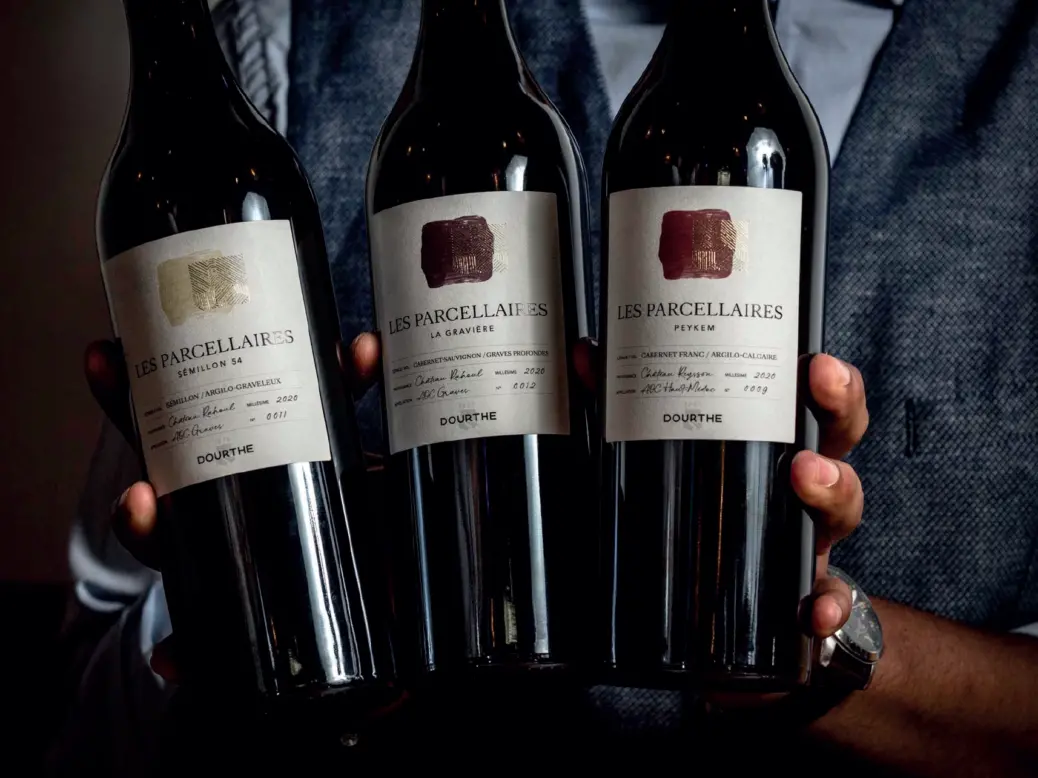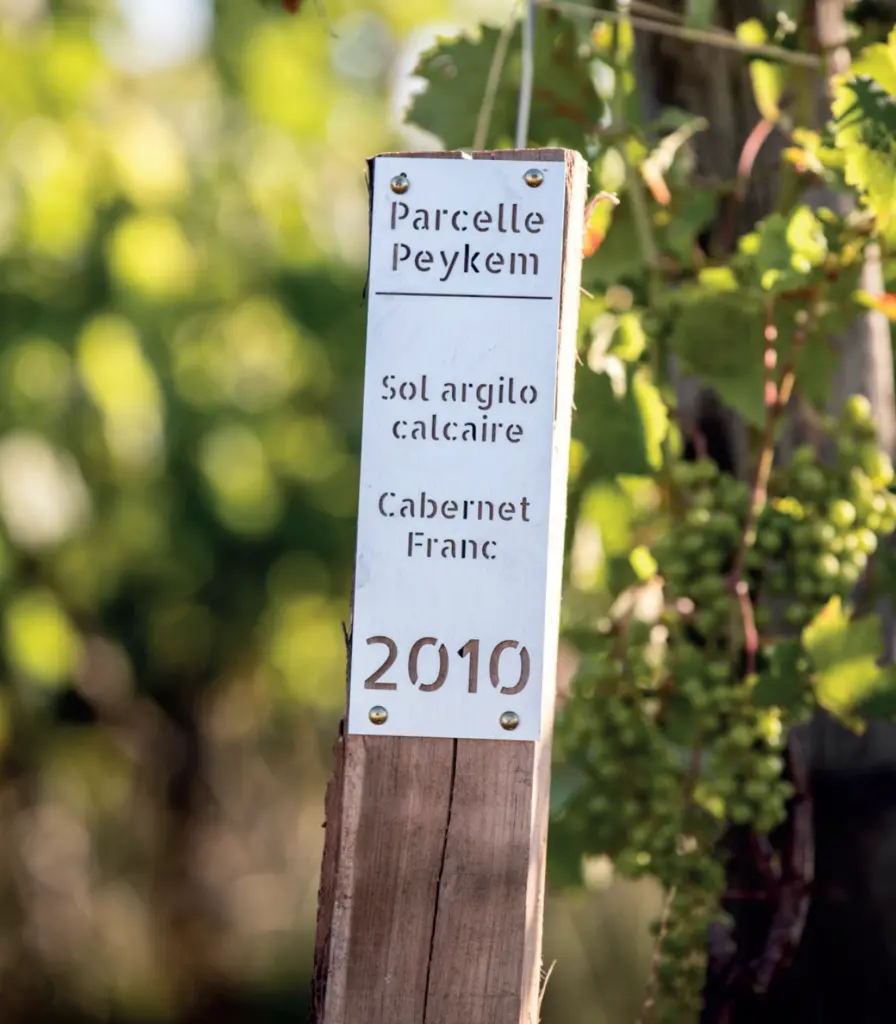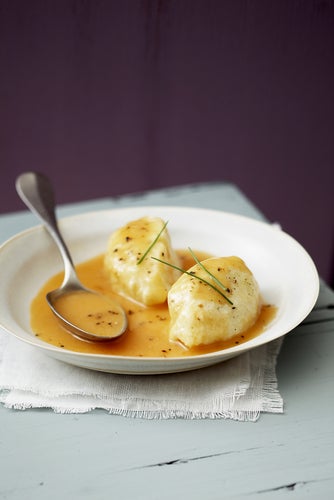
Dourthe’s new releases are the first fruits of a long-gestating project to make genuine terroir wines from the best lieux-dits found in the Bordeaux négociant’s eight properties in the region, reports Simon Field MW.
Bordeaux and blends go hand in hand—not, maybe, with quite the gusto of Champagne’s cross-vintage inclinations, but more than one would think. Most red Bordeaux is made from cross-regional blends, often with Cabernet Sauvignon austerity tempered by Merlot generosity, and it is only in the upper echelons of grands crus classés that one becomes geographically tied. And even here, a certain elasticity is brought to bear, or at least access to differing soil types within the nominal purview of eponymy. Château Belgrave, which is part of the Dourthe empire, distinguishes 27 distinct plots. It is in recognition of this innate diversity that Cheval Blanc, for example, has invested in small tanks so that plots can at least be vinified separately, even if their ultimate destiny may well be the same.
Why not take this a step further, then, digging deep into the historical cartography of lieux-dits and cadastres, to make genuine terroir wines, mono-varietal and with only the lightest of touches by way of intervention in the winery? Step forward the R&D team at Dourthe, the négociant house, as well as châteaux owner, that, with its brand Dourthe No.1, produces one of the most impressive cross-regional, cross-varietal blends in the region. Indeed, the team did not stop there; with Penfold 2, also launched in 2022, they have already blended wine cross-continents, labeled, somewhat whimsically, as “Wine of the World.” Why not, therefore, go to the other end of the scale, to demonstrate expertise at both the micro and the macro levels, thereby capturing a burgeoning curiosity to dig deeper into the most famous vineyard in the world? Dourthe directors Valentin Jestin and Frédéric Bonnaffous have been working on this project for several years and have now launched the first three Parcellaires de Dourthe, each from the 2020 vintage, each mono-varietal, and each made in a limited edition of 2,500 bottles.
Bordeaux 2022 Field notes: Fear no more the heat o’ the sun
Each of Dourthe’s eight properties from across the region were invited to submit samples; the best were selected by blind tasting and were aged exclusively in amphorae, thereby avoiding extraneous influences of reduction (stainless steel) or taste (oak aging). Of the three most impressive examples, two come from Château Rahoul in the Graves and one from the Haut-Médoc, Château Reysson being situated just inland from St-Estèphe. La Gravière and Semillon 54 are from Rahoul, the first made from Cabernet Sauvignon; Peykem is a rather unusually named lieu-dit at Reysson and is made entirely from Cabernet Franc. Once the selection had been made, with purity and authenticity the watchwords, minor tweaks were made, with, for example, a little oak employed for the aging of the Rahoul wines. Nothing too dramatic. The trio was bottled in the spring of 2022 and released six months later.

The microscope can be a challenging master, and even though the vines in question are homogenous in virtually every respect, with their provenance strictly limited to individual parcels, the lab has not been able to help itself, when drilling down, as it were, to identify multiple soil types, even within these small single vineyards. In La Gravière, for example, the Dourthe team advises us as follows. “Four different soils can be identified in this parcel: sandy-gravel brunisol on clay-sandy gravel, peyrosol gravel-sand, iron-rich, neoluvisol gravel-sand on clay, and sandy luvisol soils with some deep gravel on sandy-clay.”
Goodness! Does such a detailed revelation undermine or enhance the mission statement? Complication born out of a desire to simplify rather than the other way around, perhaps? Maybe, but one cannot deny the virtue of intent or, even more important, the individuality of the wines that have been produced. Interestingly, the wines have not been priced ambitiously, despite the de facto limits on supply. On the contrary, with a release retail price of around €22, modesty and restraint win the day—all the more so given the quality of what sits before us in the glass. An impressive and valuable project, all in all. The 2023 Parcellaire releases (only two wines this time, since the Semillon in 2021 was ravaged by frost) have been bottled and will be available later in the year.
Tasting Les Parcellaires de Dourthe
2020 Semillon 54 AOC Graves
Clay and gravel (calcisol and luvisol, in more detailed and specific Dourthe-speak) have conspired in a small plot of eponymously venerable Semillon vines that were planted in 1954. Sandy lemon color, then a nose of lemon posset, almond, and poached pear. The palate invites along more tropical notes, pineapple to the fore, the ripeness of the vintage firmly embedded. Rounded and yet with a precise, slightly clipped finish, old-vine Semillon to a tee, with a waxy subplot sure to intervene, felicitously, over the next two or three years. Already very approachable now, however; and we are advised to match it with scallop risotto or king prawns in a salt crust… which sounds like a very good idea. | 90–91
2020 La Gravière AOC Graves 100% Cabernet Sauvignon
Four different soils are in play here, but with gravel as their leitmotif—a deep gravel that is specially well suited to Cabernet Sauvignon, it seems. A classic red Graves nose: mineral, black and white pepper, and a hint of licorice. The palate is dominated by dark fruit—cassis and black cherry, in particular—and the powdery tannins hold the ripe vintage in check with great authority. A pleasing, poised finish. The wine was matured in amphorae (two thirds) and two-year-old oak (one third) for 12 months. | 92
2020 Peykem AOC Haut-Médoc
100% Cabernet Franc
We head up to the Haut-Médoc for the third wine of the trio—to Château Reysson, which has been selected for its clay-limestone soils, which are ideally suited to Cabernet Franc. A deep, noble color, the aromatics initially reticent, then finally ceding a little of Cabernet Franc’s seductive perfume; cassis leaves and crushed blackberry, as well as spices, in the background. The palate is impressive, its concentration providing a dignified foil for the silky aromatic rejoinders, then a pleasing, playful lift on the finish, confirming quality and enhancing the already not inconsiderable pleasure quota. This wine was aged for 12 months in amphorae only. | 92–93






